
South African desserts are known for their unique flavors and textures that reflect the country’s diverse cultural influences. From traditional milk tarts to modern twists on classic recipes, South African desserts offer a wide range of options for those with a sweet tooth.
One of the most iconic South African desserts is Malva pudding, a soft and spongy cake-like dessert made with apricot jam and served with a creamy custard sauce. Milk tart, another traditional dessert, is a lighter and more delicate version of a custard pie, made with a milk-based filling and a sweet pastry crust. Koeksisters, a sweet and sticky pastry that is deep-fried and soaked in syrup, are also a popular treat in South Africa.
In recent years, South African chefs have been experimenting with modern twists on classic desserts, incorporating local ingredients like rooibos tea and Amarula liqueur. Whether you’re craving a traditional dessert or something more contemporary, South African desserts offer a unique and delicious culinary experience.
Popular South African Desserts
South Africa is known for its diverse and flavorful cuisine, and their desserts are no exception. From sweet and sticky to creamy and rich, South African desserts are a must-try for anyone with a sweet tooth. Here are some of the most popular South African desserts:
Malva Pudding
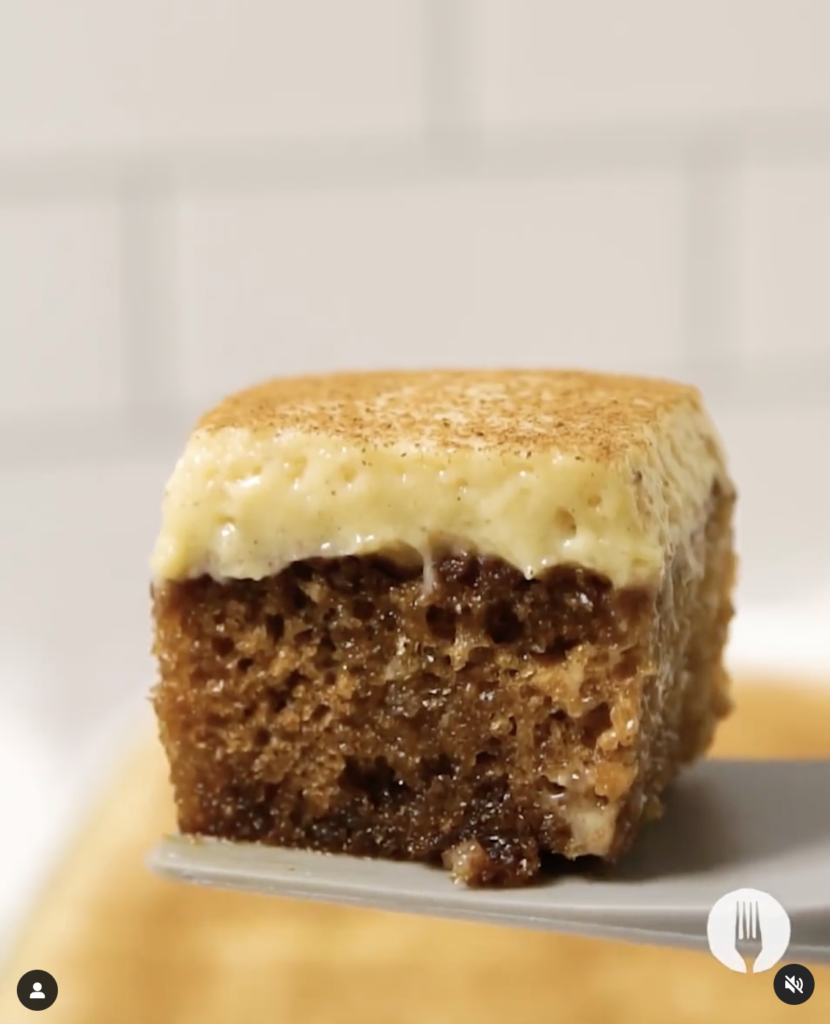
Possibly the most iconic South African dessert, Malva Pudding is a soft and spongy cake with flavors of apricot jam and caramel. It is served with a sweet creamy sauce and usually accompanied by a thin custard and ice cream. This dessert is a staple in many South African households and can be found in most restaurants across the country.
Koeksisters
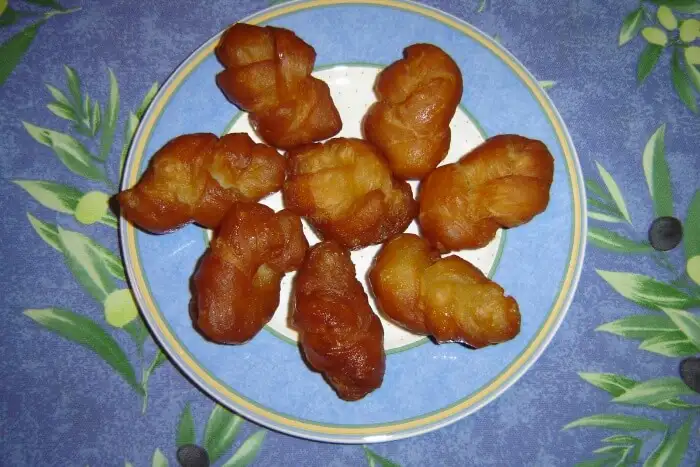
Koeksisters are a traditional South African pastry made of deep-fried dough that is then dipped in a sweet syrup. The syrup is usually flavored with cinnamon, ginger, and lemon juice, giving the pastry a sweet and tangy taste. Koeksisters are often served at braais (barbecues) or as a sweet treat with tea or coffee.
Melktert

Melktert is a creamy, custard-based tart with a sweet pastry crust. It is made with milk, sugar, eggs, flour, and cinnamon, and is often topped with a sprinkle of cinnamon powder. This dessert is a favorite in South Africa and is commonly served at special occasions such as weddings and birthdays.
Peppermint Crisp Tart
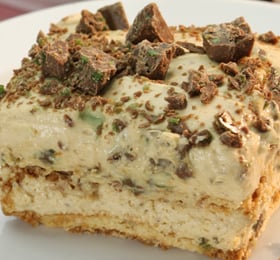
Peppermint Crisp Tart is a no-bake dessert made with layers of crushed biscuits, whipped cream, and a peppermint-flavored caramel. It is topped with grated chocolate and is a popular dessert for summer barbecues and family gatherings.
Boeber
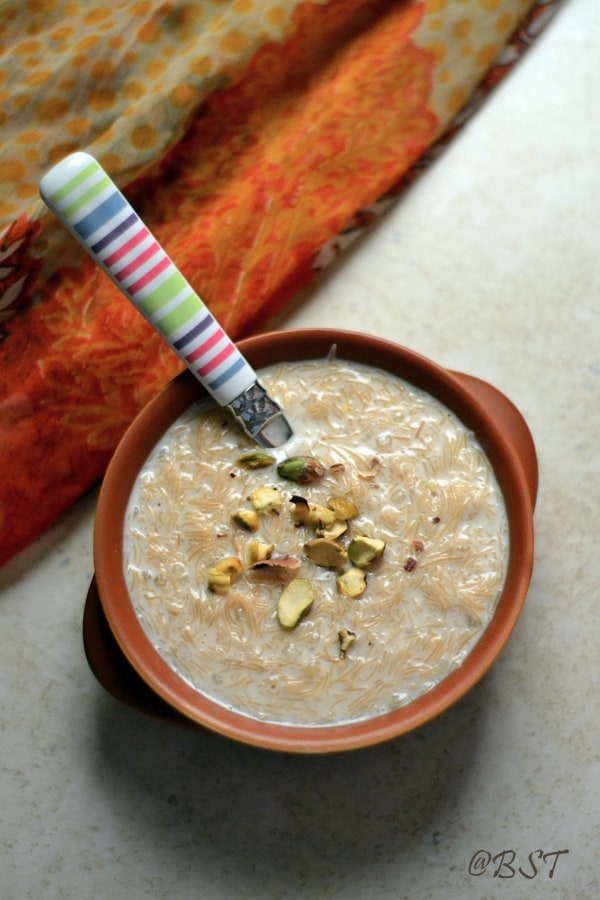
Boeber is a sweet and creamy milk-based pudding flavored with cardamom, cinnamon, and vermicelli noodles. It is often served during the Muslim holy month of Ramadan and is a comforting dessert that is enjoyed by many South Africans.
Hertzoggies
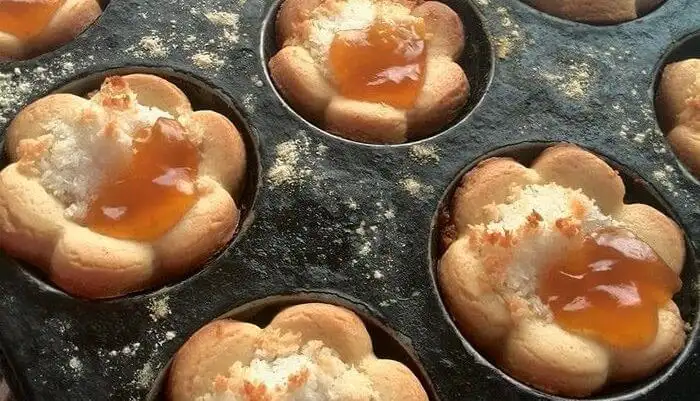
Hertzoggies are South African cookies consisting of light and puffy pastry tarts filled with apricot jam and meringue. The crust is made with flour, baking powder, salt, sugar, nutmeg, butter, and egg yolks, while the filling contains apricot jam, sugar, beaten egg whites, and desiccated coconut. Hertzoggies are a popular treat during the festive season and are often served at Christmas parties and family gatherings.
Overall, South African desserts are a delicious and unique addition to any dessert menu. With their rich flavors and sweet aromas, they are sure to satisfy any sweet tooth.
Regional Variations
South African desserts have a diverse range of regional variations. The country’s multi-cultural history has influenced the development of various desserts that are unique to specific regions. Here are some of the regional variations of South African desserts:
Cape Malay Desserts
The Cape Malay community, which is predominantly Muslim, has a rich culinary heritage that has influenced the development of various desserts. Cape Malay desserts are known for their rich and spicy flavors that are a result of the use of aromatic spices such as cinnamon, cardamom, and cloves. Some of the popular Cape Malay desserts include:
- Koeksisters: A sweet pastry that is deep-fried and dipped in a syrup made of sugar, water, and cinnamon.
- Hertzoggies: A small tart filled with apricot jam and topped with a coconut meringue.
- Milk tart: A custard-like dessert made with milk, sugar, eggs, and cinnamon.
Afrikaner Desserts
Afrikaner desserts are influenced by the Dutch and German culinary traditions. These desserts are known for their rich and buttery flavors. Some of the popular Afrikaner desserts include:
- Malva Pudding: A sponge cake-like dessert made with apricot jam and served with custard or cream.
- Melktert: A custard tart made with milk, sugar, eggs, and cinnamon.
- Vetkoek: A deep-fried doughnut-like pastry that is usually served with syrup or jam.
Zulu Desserts
Zulu desserts are known for their use of indigenous ingredients such as maize meal and amasi (sour milk). These desserts are usually simple and hearty. Some of the popular Zulu desserts include:
- Mageu: A thick, fermented maize drink that is often served as a dessert.
- Amasi pudding: A dessert made with amasi, sugar, and maize meal.
- Umqombothi: A traditional Zulu beer that is often served as a dessert.
South African desserts are a reflection of the country’s diverse cultural heritage. Each region has its own unique desserts that are worth trying.
Ingredients Commonly Used in South African Desserts
South African desserts are known for their unique blend of flavors and textures. The country’s diverse cultural influences have resulted in a wide variety of desserts that are both delicious and distinctive. Here are some of the most commonly used ingredients in South African desserts:
Milk and Cream
Milk and cream are essential ingredients in many South African desserts, including melktert, a creamy tart made with a pastry crust and a filling of sugar, flour, eggs, and milk. Other desserts that use milk or cream include malva pudding, a sweet and sticky cake that is often served with custard or ice cream, and milk tart, a dessert that is similar to melktert but with a thicker, custard-like filling.
Fruit
South Africa is known for its abundance of fresh fruit, and many desserts feature locally grown fruits such as apricots, peaches, and mangoes. One popular dessert that uses fruit is the traditional South African milk tart, which is often topped with sliced fruit. Another popular dessert is the malva pudding, which is often made with apricot jam.
Spices
Spices are an important part of South African cuisine, and many desserts feature a blend of warm spices such as cinnamon, nutmeg, and allspice. These spices are often used in desserts such as koeksisters, a sweet pastry that is deep-fried and then soaked in a spiced syrup, and melktert, which is often dusted with cinnamon.
Biscuits
Biscuits are a common ingredient in many South African desserts, and are often used as a base for crusts or crumbles. One popular biscuit used in South African desserts is the Tennis biscuit, which is often used as a base for lemon meringue pie or as a crumble topping for lemon bars.
Sweeteners
South African desserts are known for their rich, sweet flavors, and many desserts use a variety of sweeteners such as sugar, honey, and condensed milk. One popular dessert that uses condensed milk is the peppermint crisp tart, a layered dessert made with a biscuit base, condensed milk, whipped cream, and crushed peppermint crisp chocolate.
Overall, South African desserts are a delicious and unique blend of flavors and textures, with a focus on fresh, locally sourced ingredients and warm spices.
Cultural Significance of Desserts in South Africa
Desserts hold a significant cultural importance in South Africa. They are not just a sweet treat but also a reflection of the country’s diverse history and culture. The country’s desserts are a blend of traditional African, Dutch, Malay, and Indian influences.
South Africans have a sweet tooth, and desserts are an essential part of their cuisine. They are often served at special occasions, such as weddings, birthdays, and holidays. Desserts are also a way to bring people together, and sharing a sweet treat is a gesture of hospitality and friendship.
One of the most popular South African desserts is Malva Pudding, a sweet and sticky sponge cake made with apricot jam and served with custard or ice cream. Another favorite is Koeksisters, a twisted pastry soaked in syrup and flavored with cinnamon and ginger. Milk Tart, a creamy custard-like pie, is another beloved dessert that can be traced back to the Dutch settlers.
South African desserts also have a historical significance. During apartheid, desserts were a way for oppressed communities to express their culture and identity. For example, the Malay community in Cape Town created their own unique desserts, such as the Cape Malay Koeksisters, which reflect their Indonesian and Malaysian heritage.
In conclusion, desserts hold a special place in South African culture and cuisine. They are a reflection of the country’s diverse history and a way to bring people together. South African desserts are not just sweet treats but also an expression of identity, culture, and tradition.
Desserts in South African Festivals and Celebrations
South African festivals and celebrations are known for their rich culture and traditions, which are often reflected in the food served during these events. Desserts are an essential part of any celebration in South Africa, and they are often made to represent the cultural heritage of the region.
One of the most popular desserts during South African festivals and celebrations is the Malva pudding. This sweet and moist cake is made with apricot jam and served with a creamy sauce and custard. It is a staple dessert at many South African events, including weddings, birthdays, and religious celebrations.
Another popular dessert during South African festivals is the Milk Tart, also known as Melktert. This dessert is a sweet custard tart made with milk, eggs, and sugar. It is often served chilled and sprinkled with cinnamon, making it a refreshing dessert to enjoy in the warm South African weather.
Koeksisters are another popular dessert during South African festivals and celebrations. These twisted pastries are deep-fried and then soaked in a sweet syrup, giving them a sticky and sweet flavor. They are often served at religious events and festivals, such as Eid and Diwali.
Other traditional South African desserts that are commonly served during festivals and celebrations include:
- Vetkoek – A deep-fried dough that is served with sweet or savory fillings.
- Amarula Don Pedro – A cocktail made with Amarula cream liqueur, vanilla ice cream, and chocolate sauce.
- Cape Malay Koesisters – A spiced and sweetened doughnut that is deep-fried and served with a sweet syrup.
- Hertzoggies – A sweet pastry filled with apricot jam and topped with coconut meringue.
Overall, South African festivals and celebrations are a great way to experience the rich and diverse culture of the region, and the desserts served during these events are a delicious way to indulge in the local cuisine.
Influence of Other Cultures on South African Desserts
South African desserts are a blend of various cultures and traditions that have shaped the country’s culinary landscape. The influence of different cultures, including Dutch, British, Indian, Malay, and Portuguese, can be seen in the country’s desserts.
One of the most significant influences on South African desserts is the Dutch. The Dutch introduced many sweet treats to South Africa, including koeksisters, which are twisted doughnuts soaked in syrup, and melktert, a milk tart made with a sweet pastry crust. The Dutch also brought the tradition of baking bread, which is still a staple in South African cuisine.
The British also had an impact on South African desserts. They introduced the concept of afternoon tea, which is still a popular tradition in South Africa. British desserts such as trifle and fruitcake have also become part of South African cuisine.
Indian cuisine has also influenced South African desserts. The Indian community in South Africa has brought their traditional sweets, such as gulab jamun and barfi, which are now popular desserts in the country. The use of spices such as cardamom and cinnamon in desserts is also a result of Indian influence.
The Malay community in South Africa has also contributed to the country’s dessert culture. Malay desserts such as koeksisters, which are similar to the Dutch version but with a different spice profile, and koesisters, a spiced doughnut, are popular in South Africa.
Lastly, the Portuguese have also influenced South African desserts. They introduced the concept of custard tarts, which are now a popular dessert in South Africa. The use of coconut in desserts is also a result of Portuguese influence.
In conclusion, South African desserts are a result of a blend of various cultures and traditions. The Dutch, British, Indian, Malay, and Portuguese have all contributed to the country’s dessert culture, resulting in a diverse and delicious array of sweet treats.
Modern Trends in South African Desserts
South African desserts have a rich history, but modern chefs are adding their own twists to classic dishes. Here are some of the latest trends in South African desserts:
Fusion Flavors
South African desserts are getting a global touch with fusion flavors. Chefs are experimenting with flavors from other countries and cultures to create unique desserts. For instance, you can find desserts that combine South African flavors with Asian, European, and American ingredients. The result is a new flavor experience that appeals to foodies and adventurous eaters.
Healthier Options
South Africans are becoming more health-conscious, and chefs are responding by creating healthier dessert options. You can now find desserts that are low in sugar, gluten-free, vegan, and organic. These desserts use natural ingredients and alternative sweeteners to create guilt-free treats.
Modern Presentation
South African desserts are not just about taste but also about presentation. Chefs are creating desserts that are Instagram-worthy with colorful decorations, edible flowers, and creative plating. They are also using modern techniques like molecular gastronomy to create visually stunning desserts.
Local Ingredients
South African chefs are embracing local ingredients to create desserts that reflect the country’s diverse culture and geography. You can find desserts that use indigenous fruits, nuts, and spices like baobab, marula, rooibos, and buchu. These ingredients not only add unique flavors but also promote sustainability and support local farmers.
Conclusion
South African desserts are evolving with the times, and modern trends are adding new dimensions to classic dishes. Chefs are fusing flavors, creating healthier options, presenting desserts in new ways, and using local ingredients to create desserts that are both delicious and culturally relevant.
Leave a Reply